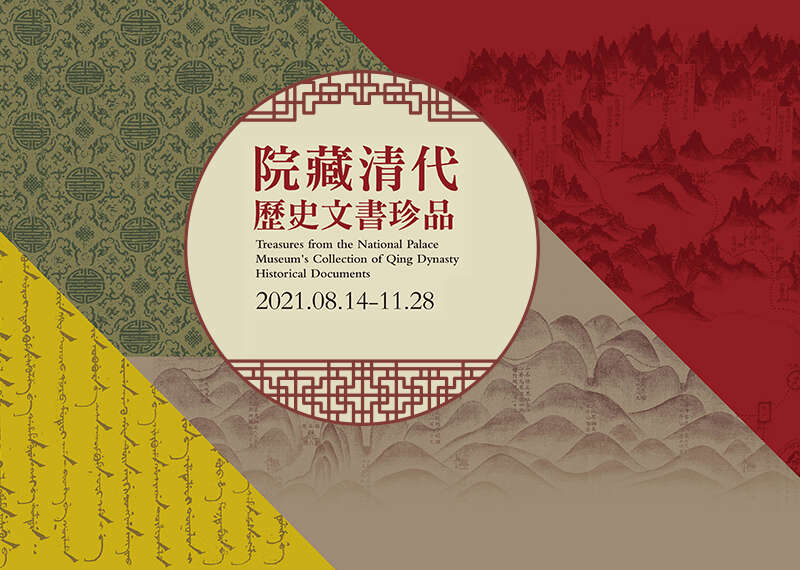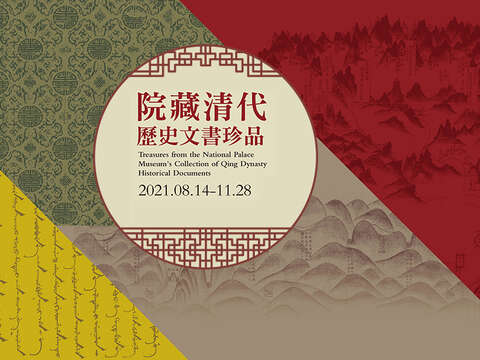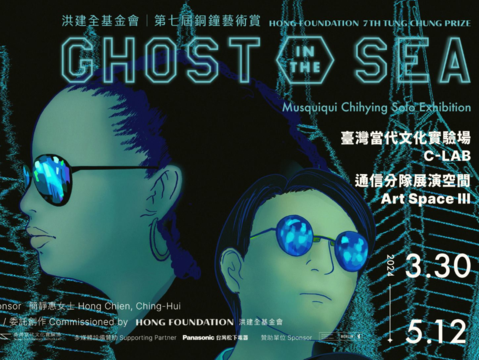Post date:2021-09-16
Updates:2021-09-16
822

- Event Time
- 2021-08-14~2021-11-28
- Event Location
- No.221, Sec. 2, Zhishan Rd, Shilin Dist., Taipei City Taiwan, R.O.C
Archival documents are not merely records produced by government agencies in the course of their administrative activities but also an important source of materials for the study of policy implementation and the forming of legal institutions. Since ancient times an administrative system has existed to safeguard national archives for auditing purposes and on account of their value as reference materials. In the Records of the Grand Historian (Shiji), it is noted that King Cheng of the Western Zhou dynasty commanded his officials to store important archives in golden cabinets, indicating that the archive system in China dates back more than 3,000 years. Successive dynasties continued the practice of preserving archives, leaving treasure troves of historical documents for posterity.
Due to their high confidentiality, it was difficult for outsiders to have access to government documents. The Qing dynasty archives in the National Palace Museum’s collection include a variety of official documents from government agencies, resumes and biographies of officials, as well as veritable records, imperial diaries and edicts, and collection of official statutes. As they were considered of great importance in state affairs, such archives were carefully sealed and preserved by the Qing court. When the Manchus came to rule over China they adopted the archival management system of the previous Ming dynasty, and clear and strict regulations for archival practice, such as registering, copying, recalling, repairing, checking, and filing, were spelled out. For example, in consideration of their frequent use by officials and the resulting physical damages, the huge number of archival documents preserved in the Grand Council (Junji chu), which oversaw the highly confidential state affairs, was to be examined and repaired every few years. This provision gives us a sense of the importance the Qing court accorded to the management, maintenance, and preservation of national archives.
This exhibition, entitled Treasures from the National Palace Museum’s Collection of Qing Dynasty Historical Documents, makes public archives that were once guarded in the imperial palace and kept strictly out of bounds. Imperial decrees, official documents, palace memorials, biographies of eminent officials, and maps and illustrations all help visitors garner an understanding of the development of official documentation during the Qing dynasty. In addition, they offer a glimpse into how the Qing government was administered, the secrets of court life, and the relationship between emperors and their officials, as well as the politico-economic and cultural landscapes, and the rise and fall, of the dynasty. The exhibition also features a dedicated section for archives relating to Taiwan. During the Qing dynasty, the local affairs and living conditions of the people on the island off the southeast coast of China were a focus of the court’s attention, and thus many official documents, memorials, maps, and local gazetteers were produced. The selected items in this section offer visitors an overview of the people, places, affairs, and products of Taiwan as documented during the Qing dynasty, providing testimony to the Qing court’s management of Taiwan over a span of more than two hundred years.
Due to their high confidentiality, it was difficult for outsiders to have access to government documents. The Qing dynasty archives in the National Palace Museum’s collection include a variety of official documents from government agencies, resumes and biographies of officials, as well as veritable records, imperial diaries and edicts, and collection of official statutes. As they were considered of great importance in state affairs, such archives were carefully sealed and preserved by the Qing court. When the Manchus came to rule over China they adopted the archival management system of the previous Ming dynasty, and clear and strict regulations for archival practice, such as registering, copying, recalling, repairing, checking, and filing, were spelled out. For example, in consideration of their frequent use by officials and the resulting physical damages, the huge number of archival documents preserved in the Grand Council (Junji chu), which oversaw the highly confidential state affairs, was to be examined and repaired every few years. This provision gives us a sense of the importance the Qing court accorded to the management, maintenance, and preservation of national archives.
This exhibition, entitled Treasures from the National Palace Museum’s Collection of Qing Dynasty Historical Documents, makes public archives that were once guarded in the imperial palace and kept strictly out of bounds. Imperial decrees, official documents, palace memorials, biographies of eminent officials, and maps and illustrations all help visitors garner an understanding of the development of official documentation during the Qing dynasty. In addition, they offer a glimpse into how the Qing government was administered, the secrets of court life, and the relationship between emperors and their officials, as well as the politico-economic and cultural landscapes, and the rise and fall, of the dynasty. The exhibition also features a dedicated section for archives relating to Taiwan. During the Qing dynasty, the local affairs and living conditions of the people on the island off the southeast coast of China were a focus of the court’s attention, and thus many official documents, memorials, maps, and local gazetteers were produced. The selected items in this section offer visitors an overview of the people, places, affairs, and products of Taiwan as documented during the Qing dynasty, providing testimony to the Qing court’s management of Taiwan over a span of more than two hundred years.
 Treasures from the National Palace Museum's Collection of Qing Dynasty Historical Documents
Treasures from the National Palace Museum's Collection of Qing Dynasty Historical Documents








